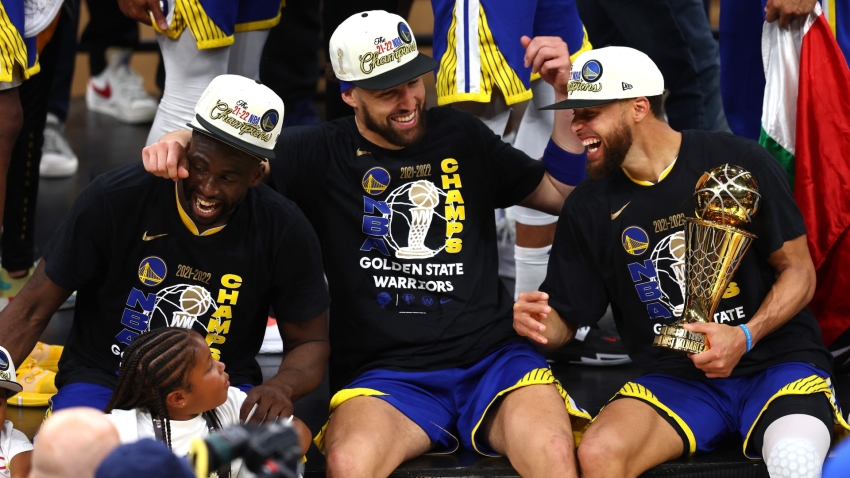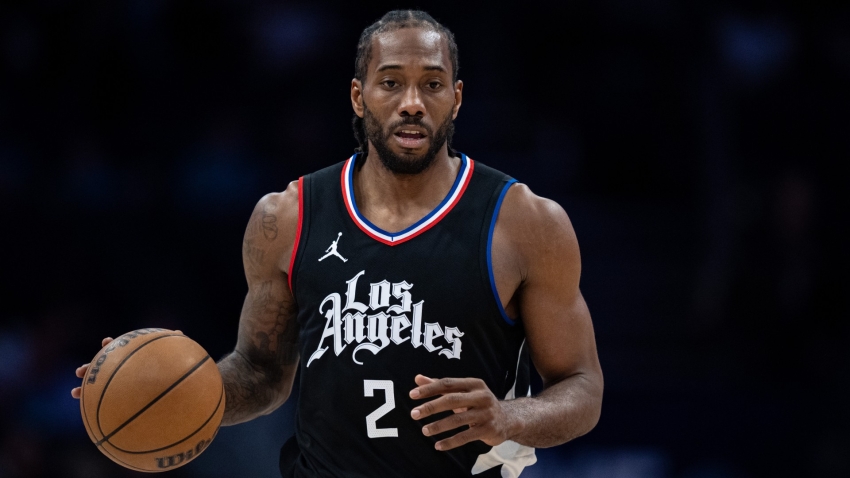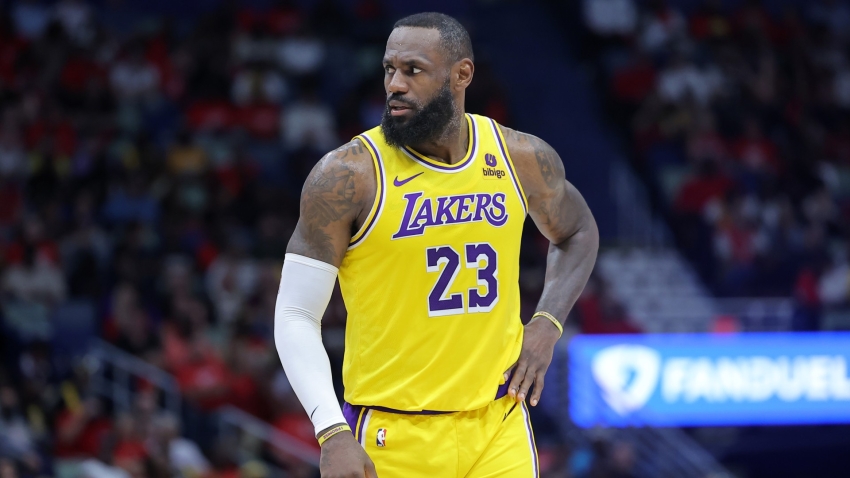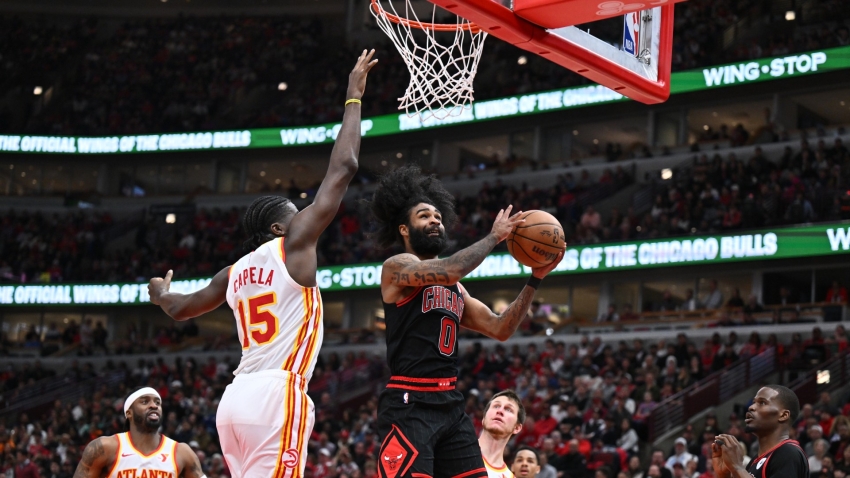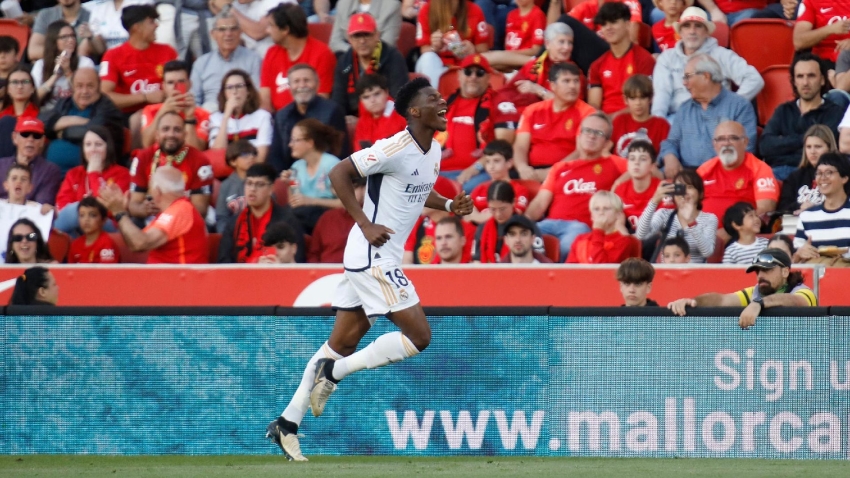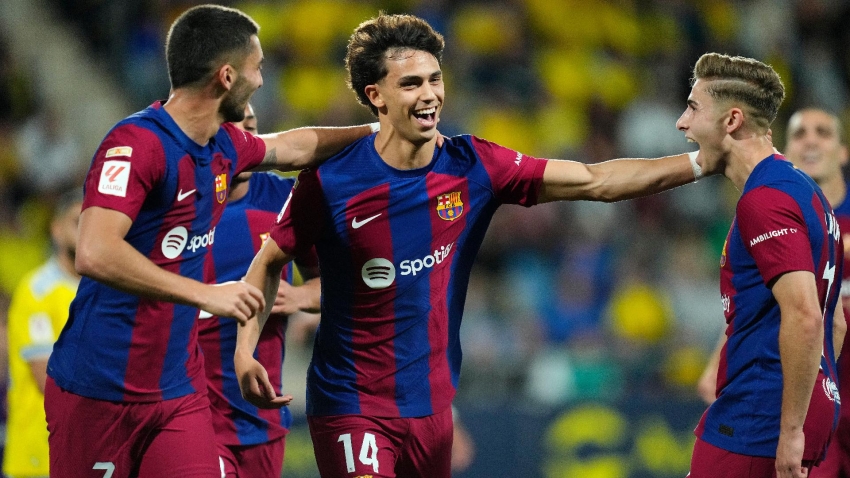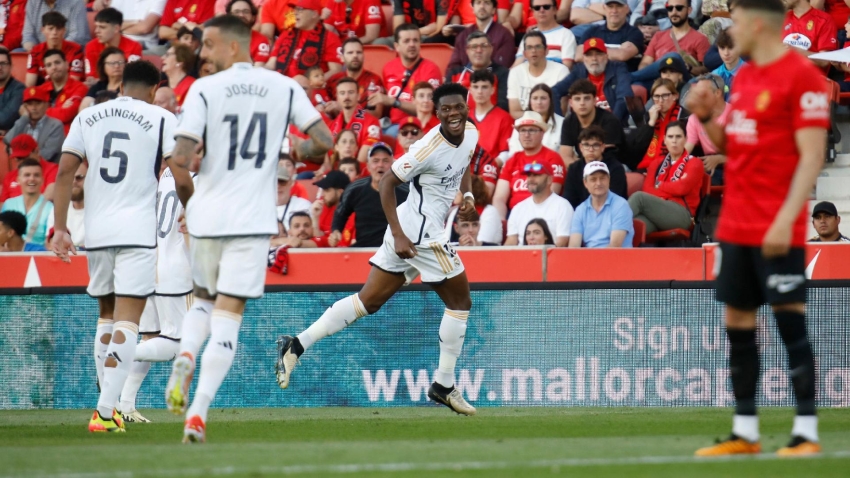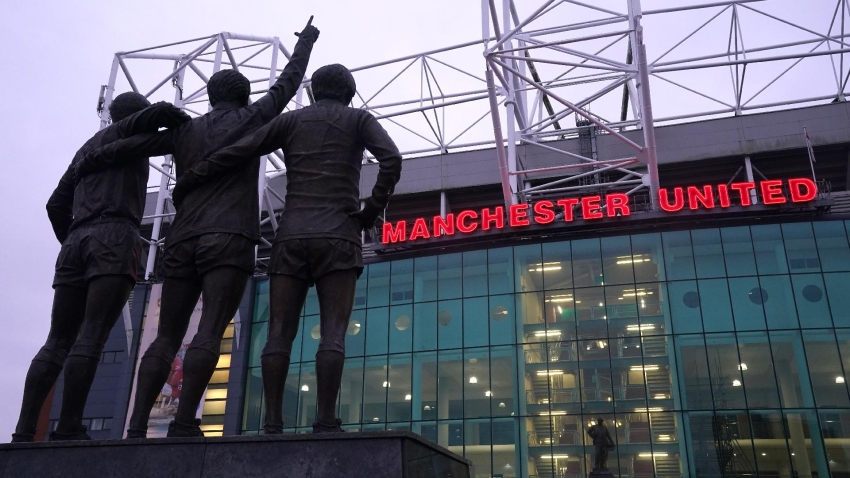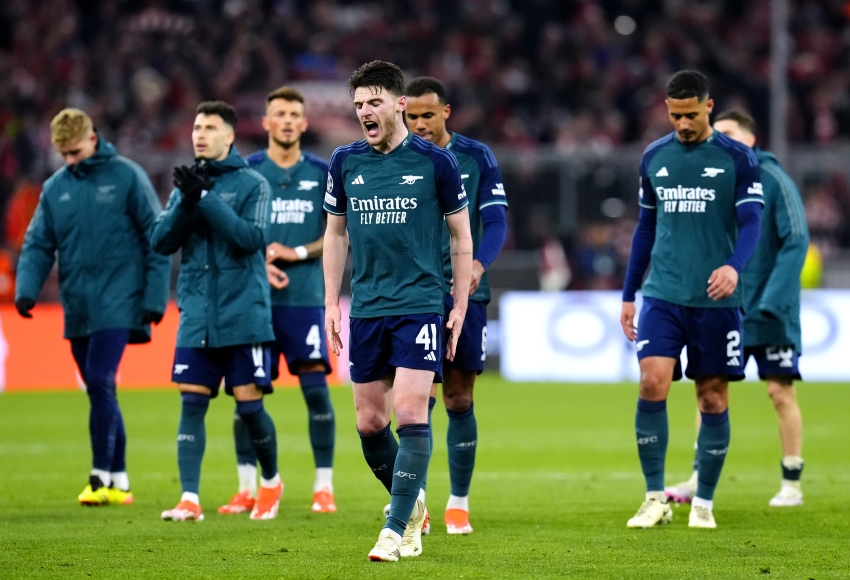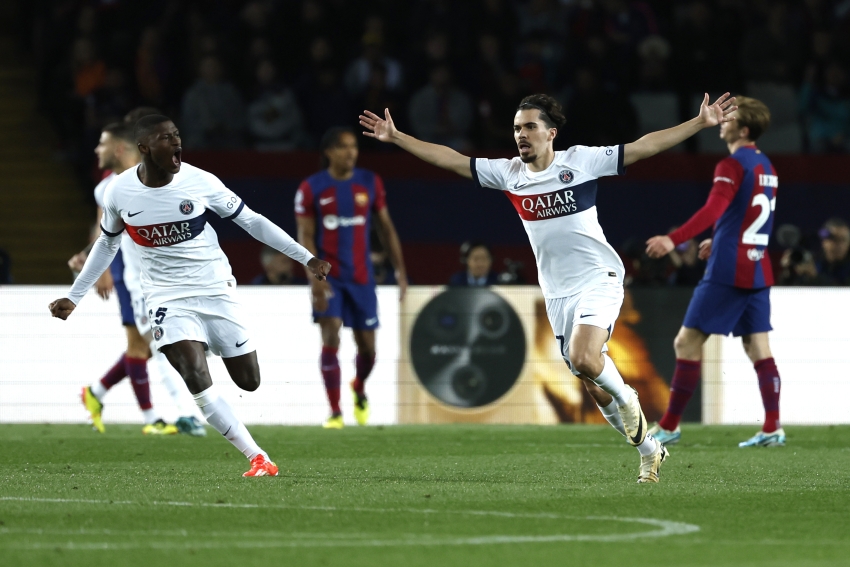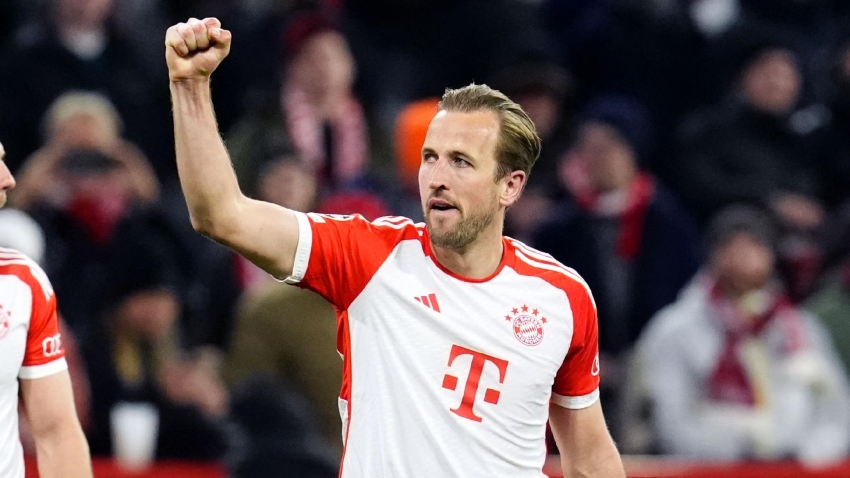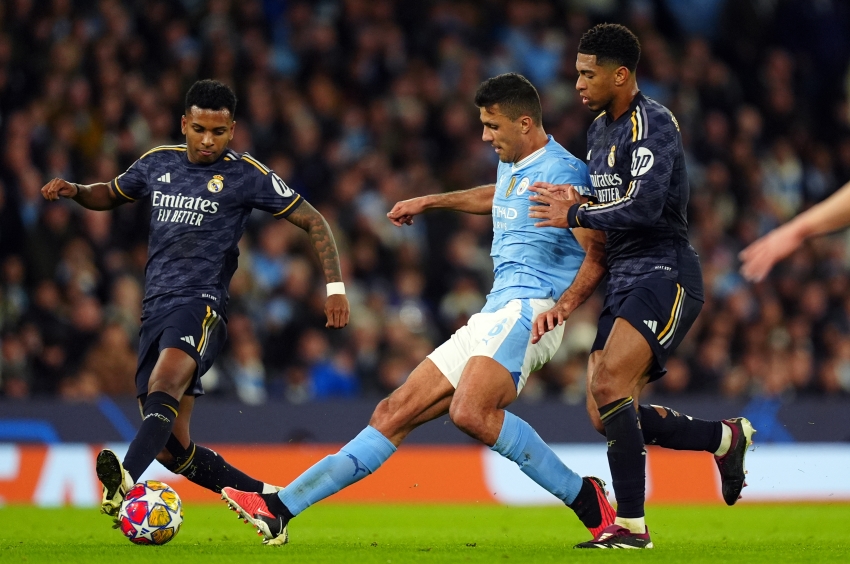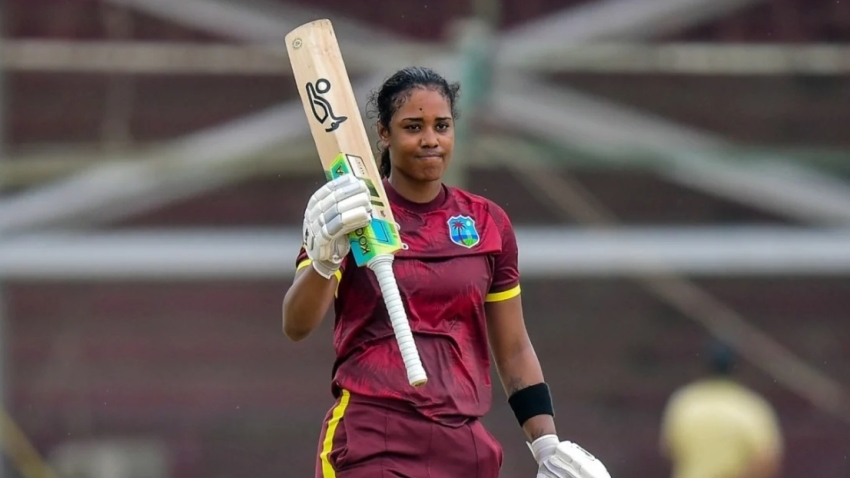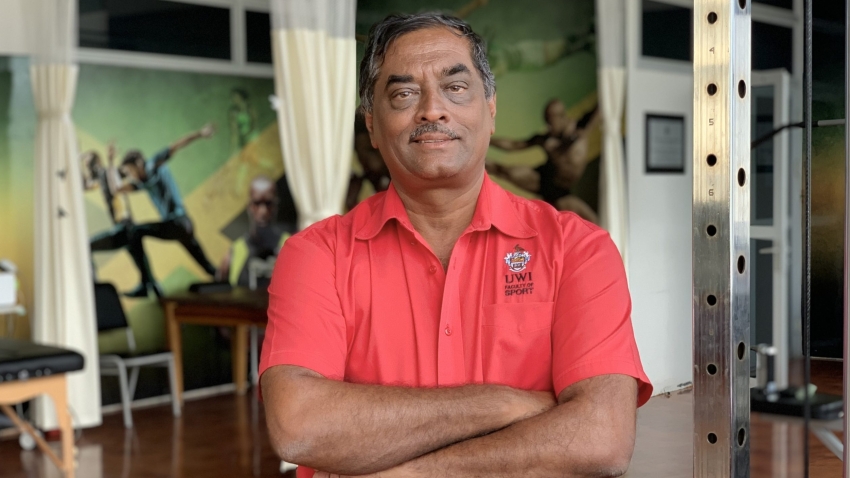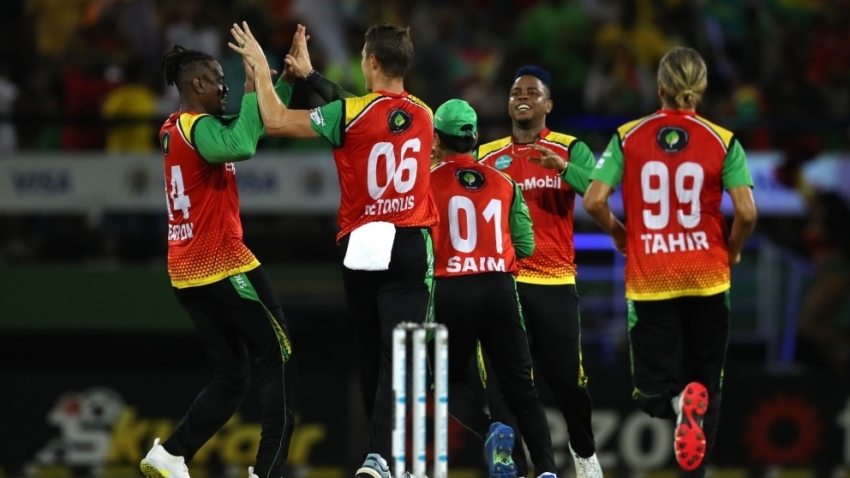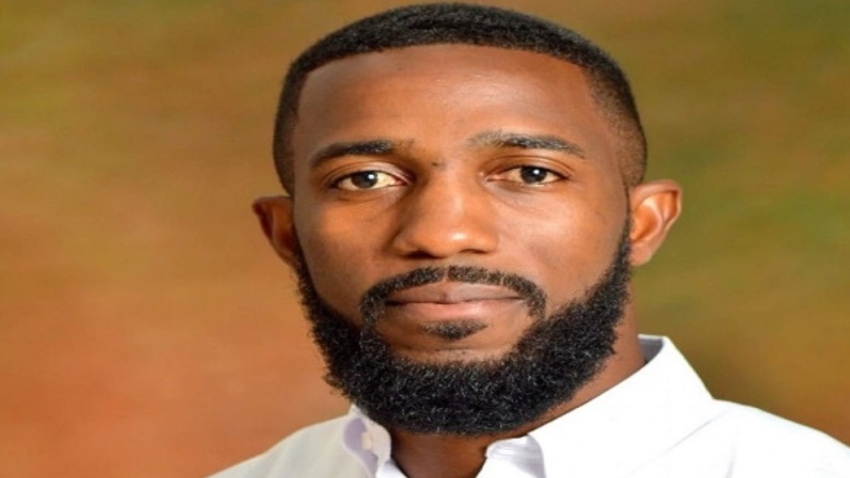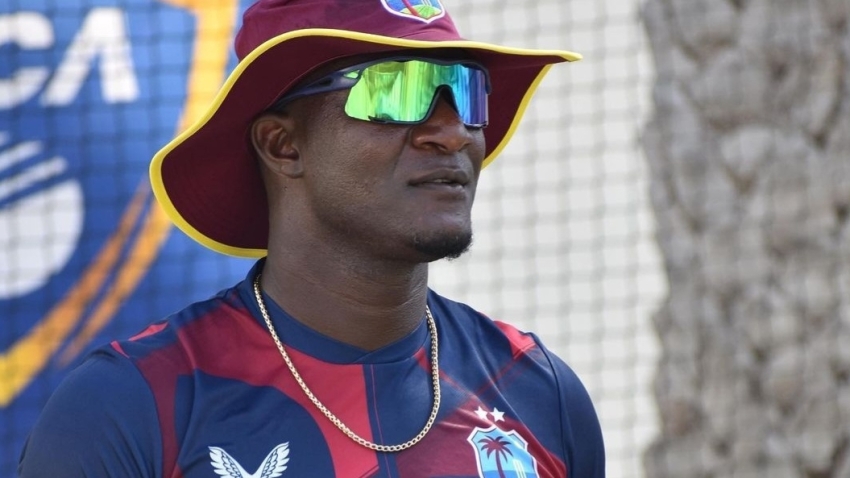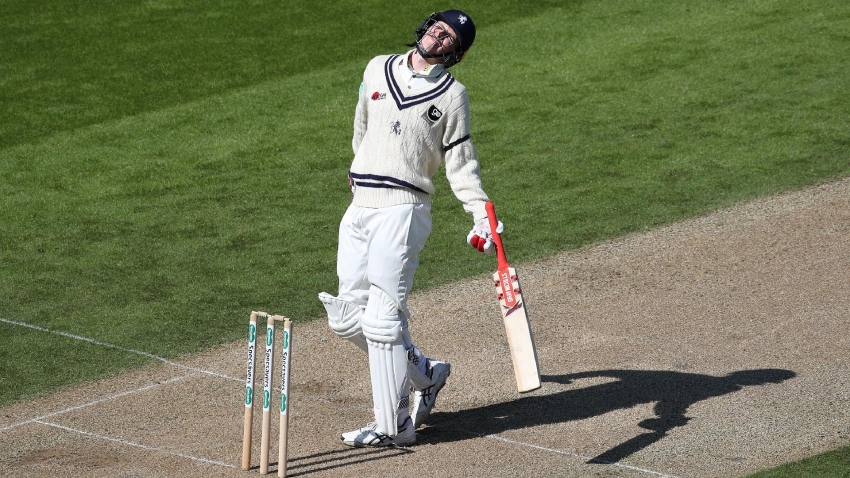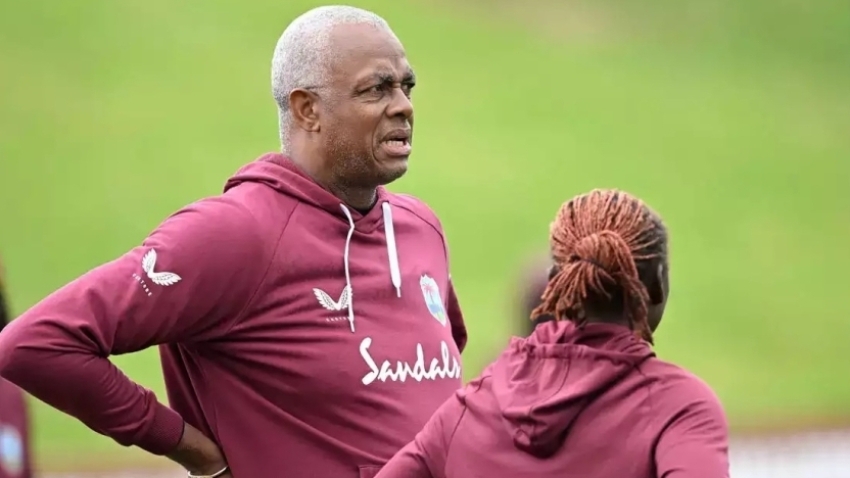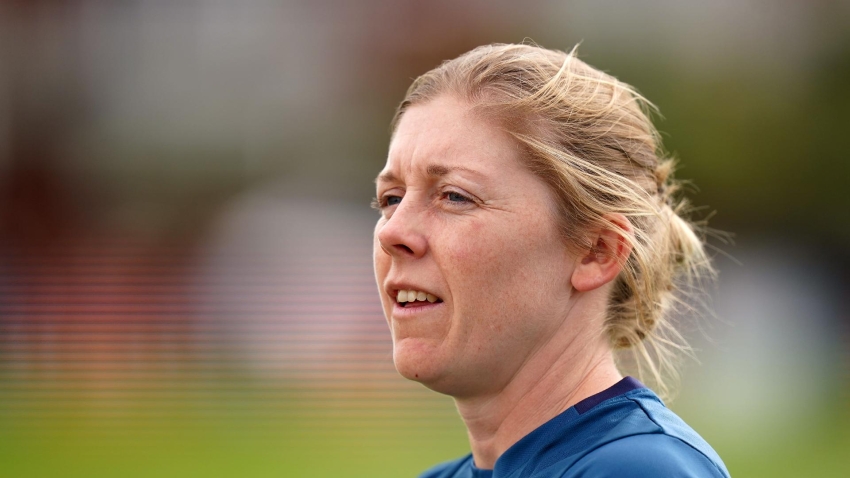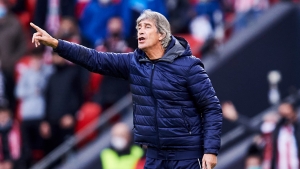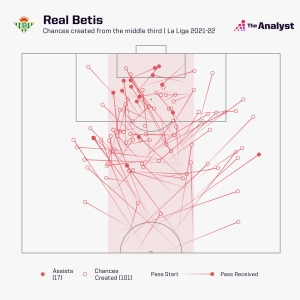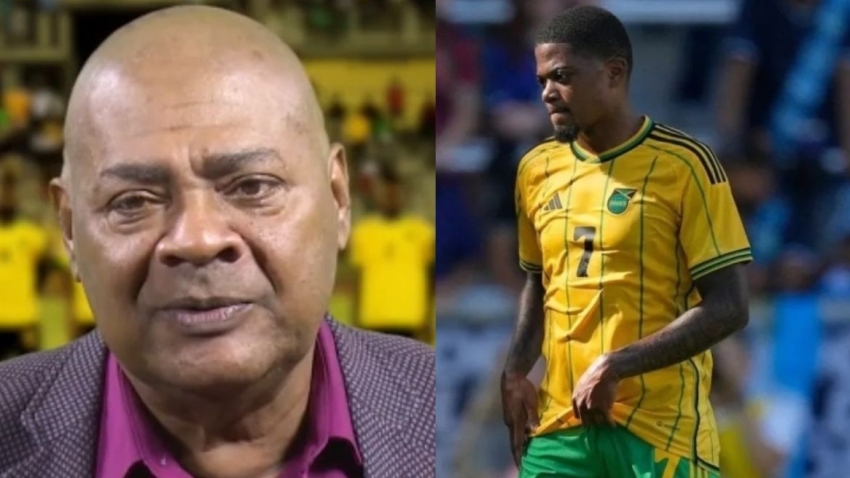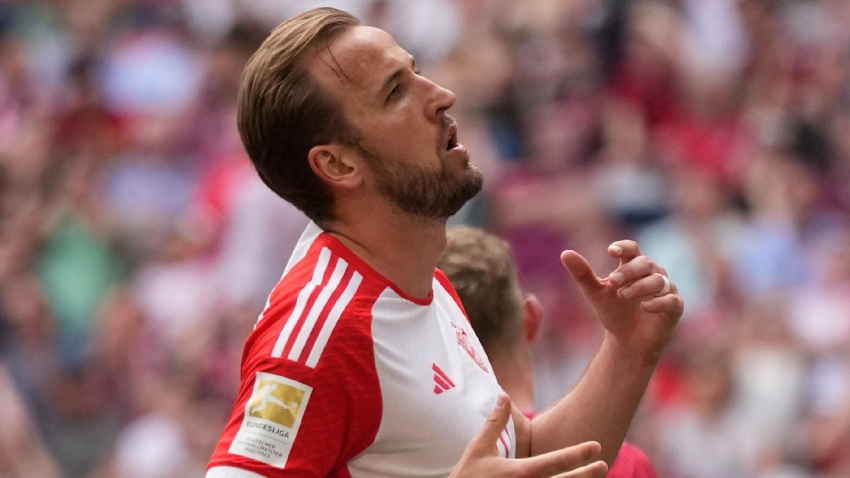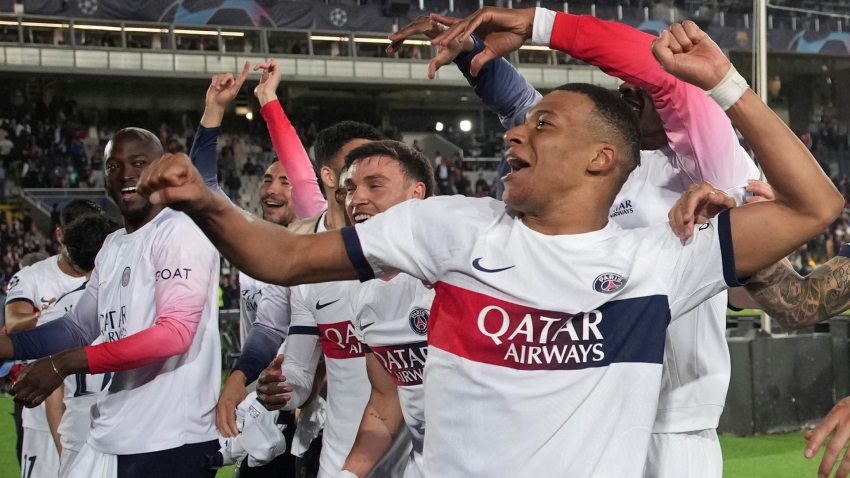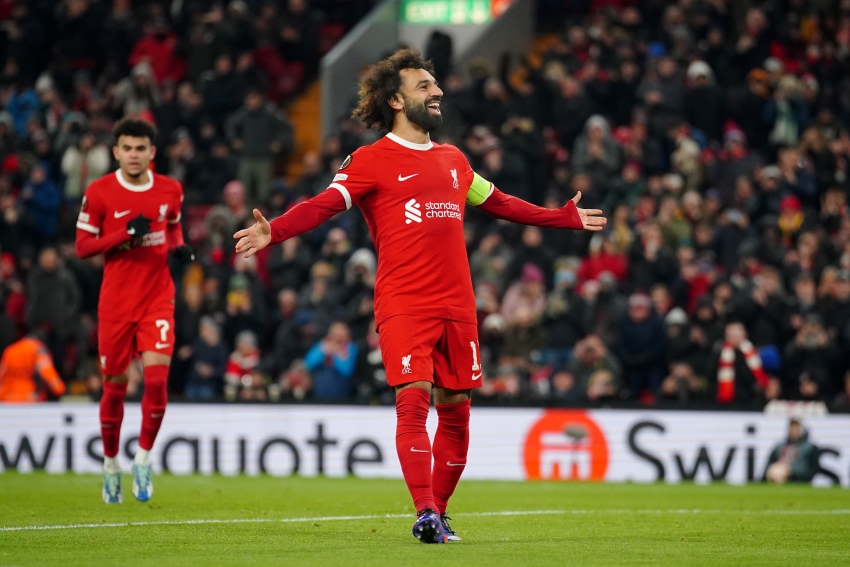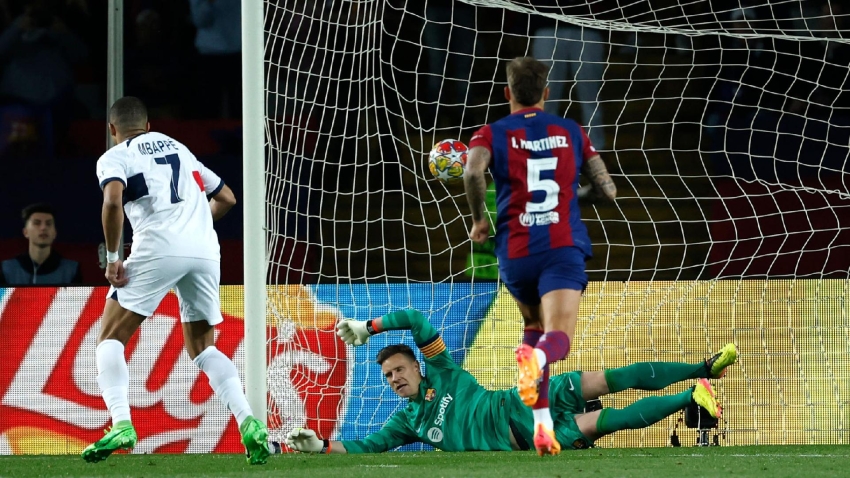Will they? Won't they?
Real Madrid's own stuttering form over the past few weeks has at least helped to retain a hint of unpredictability at LaLiga's summit, but it's difficult to not think Sevilla keep blowing their opportunities.
It's not likely to get any easier on Sunday, either. They headed into this matchday six points behind Madrid, which in itself certainly isn't insurmountable.
But then Madrid beat Rayo Vallecano, and Sevilla's visitors are local rivals Real Betis, who are absolutely flying and chasing a victory that would lift them to within just two points of their neighbours.
Prior to Sevilla's slender – and ultimately irrelevant – 1-0 defeat to Dinamo Zagreb on Thursday in the Europa League, the only side to have beaten them this year is Betis, who were 2-1 victors in the Copa del Rey in mid-January.
Since then injuries have played a significant role for Sevilla and they could conceivably be without Gonzalo Montiel, Diego Carlos, Jules Kounde, Lucas Ocampos, Erik Lamela, Suso, Anthony Martial and Karim Rekik on Sunday.
Several of those have been absent for other games in the last few weeks, and in the cases of Lamela and Suso, for much of the season. As such, since that defeat to Betis, Sevilla have won only two of seven games in all competitions.
But to many, a potential obstacle for Sevilla in their quest for an unlikely title triumph had long been identifiable, and it will only be made even more obvious against Betis.
Replacing the irreplaceable?
In 2020, Sevilla saw Ever Banega bring his second spell at the club to an end. Across his total six years at the club, either side of a single season with Inter, the Argentinian playmaker had been a fundamental part of the team.
A feisty competitor, excellent dribbler and possessor of wonderful vision and passing abilities, Banega's presence meant Sevilla always had a viable creative option in the middle of the pitch, even if using the flanks was a key concept for both Unai Emery and Julen Lopetegui.
Since Banega departed for Saudi Arabia's Al Shabab, Sevilla simply haven't replaced him adequately. Ivan Rakitic, while still capable, isn't the same kind of player; Papu Gomez hasn't had consistency in any one position; and Oliver Torres has been unable to step into his former team-mate's shoes.
That creative role in midfield would be considered by most Sevilla fans as the final piece of the puzzle. The other two central positions are filled ably by Joan Jordan, an effective facilitator, and Fernando, who sits deeper to sweep up and help out with Diego Carlos and Kounde, something he's done to great success since joining.
But from a creative standpoint, Sevilla need only glance across town to see what they are missing in that area of the pitch.
Now, of course, the make-up of a midfield can have a major impact on other parts of the team, so were Sevilla to have a more penetrative central trio, there's every reason to suggest they'd not be as solid at the back.
But with Sergio Canales and Nabil Fekir strutting their stuff for Betis, it's difficult to not at least wonder where Sevilla might be with a more positive outlook in midfield.
Sevilla's glaring weakness is Betis' biggest weapon
It cannot be overstated just how good a job Manuel Pellegrini is doing at Betis. Since the end of 2019-20, they have paid a transfer fee for just one player at €3.8million – in the same period, they've lost roughly €60m of talent, yet here they are, looking certainties for a Champions League spot.
Undoubtedly essential to Betis are Canales and Fekir, both of whom were exceptional and scored in the January Copa defeat of Sevilla.
Their influence makes Betis a real danger through the middle of the pitch, an area they are heavily reliant on.
We managed to isolate their key passes that have been played from the central column of the attacking third, and the outcome is impressive.
Betis are hugely active in this area, with as many as 36.7 per cent of their key passes being made from the zone in question. Only Real Mallorca (40.2 per cent) are busier here than Betis.
Sevilla, on the other hand, create just 25.2 per cent of their chances from the middle third, which is the lowest proportion of all 20 teams in LaLiga.
In fact, no Sevilla player has managed more than seven key passes in this section of the pitch – four Betis players have more than 10, with Fekir (14), Canales (21) and holding midfielder William Carvalho (12) accounting for 47 between them. That's only 11 fewer than Sevilla's entire squad.
Of course, a key element of Sevilla's setup is that they attack from the flanks, but it should be pointed out that Betis' proportion of touches out wide in the attacking half is only 2.2 per cent less, so they cannot be accused of neglecting the wings.
The difference is Sevilla are massively (too?) reliant on attacking from wide positions because they don't possess players with the kind of incisiveness that Betis do in midfield, both in terms of passing and ability on the ball.
It all comes back to an inability to replace Banega.
Failure to win at the Ramon Sanchez-Pizjuan on Sunday will surely end Sevilla's title hopes as they would be left nine points adrift of Madrid.
While injuries have many fans pessimistic anyway, few would be surprised if it's in midfield where Sevilla's dreams are crushed.


